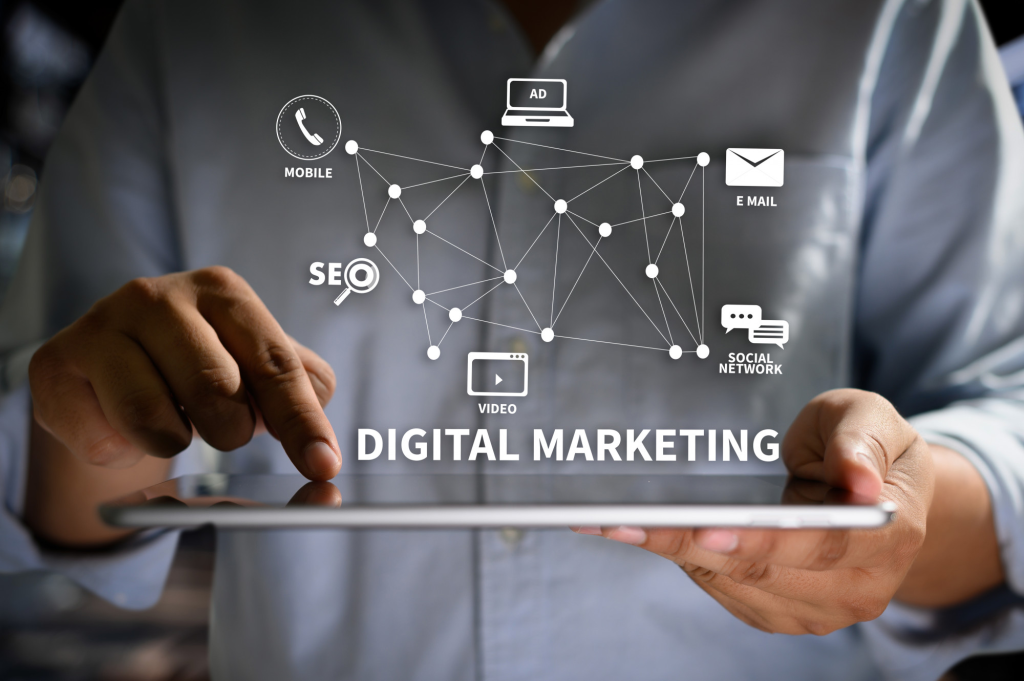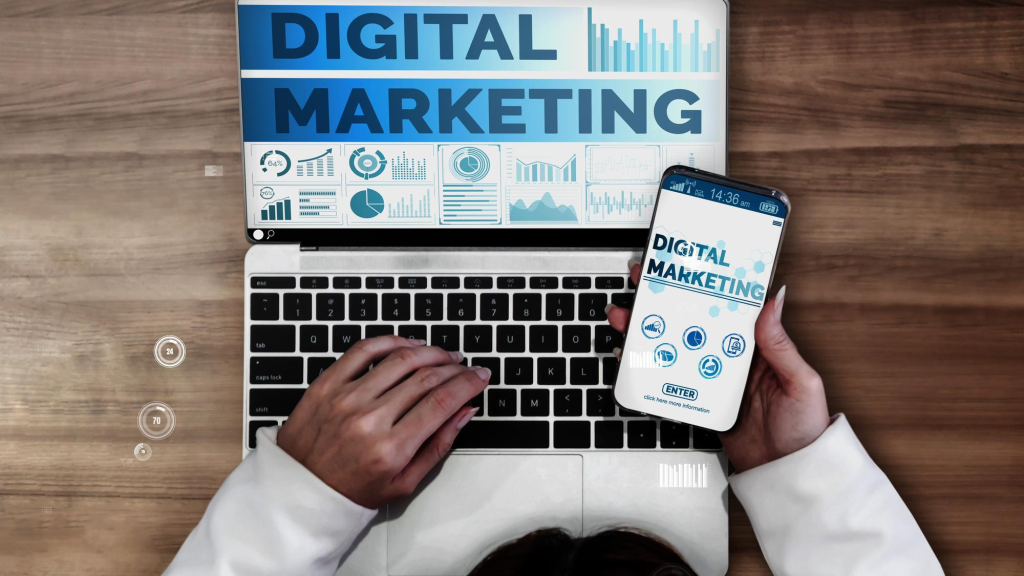Domain Authority vs Page Authority: Which is More Important?
90% of pages don’t receive any organic traffic from Google. To improve SEO, it’s important to focus on page authority (PA) and domain authority (DA). These metrics affect a website’s ability to rank on search engines. To create a successful strategy, it’s important to understand the basics of both PA and DA and prioritize which one to focus on first.

What Is Page Authority?
Page Authority (PA) is a metric that predicts how well a specific page will rank on (SERPs). It is based on a score from 0 to 100, with higher scores indicating a higher likelihood of a page ranking well. The score is calculated using various factors such as the number and quality of inbound links, the age of the Domain, and the content on page. Page Authority is a useful tool for SEO professionals to use when comparing the strength of different pages on a website or when comparing the strength of pages on different websites.
What Is Domain Authority?
Domain Authority (DA) is a metric that predicts how well a website will rank in search engine results pages (SERPs). It is based on a scale of 0 to 100, with higher scores indicating a better chance of a website ranking well. The score is determined by a number of factors, including the number and quality of inbound links, the age of the Domain, and the website’s content. Domain Authority is a useful tool for SEO professionals to use when comparing the strength of different websites or when tracking the strength of a website over time. It can also be used as a benchmarking tool to compare the Authority of a website against competitors.
Which Is More Important?
Both Page Authority and Domain Authority are important metrics to consider when optimizing a website for search engines.
Page Authority can be important when ranking a specific page or set of pages on a website. At the same time, Domain Authority can be important when ranking the entire website.
For example, if you have a specific product page that you want to rank well, then the Page Authority of that page will be more important. On the other hand, if you want your entire website to rank well, then Domain Authority will be more important.
Additionally, Domain Authority is considered a more important metric when comparing the Authority of different websites or tracking the Authority of your website over time.
In general, both metrics are important in different ways, and it’s recommended to use both as a benchmarking tools to optimize your website and track progress over time.

How to Build Page Authority and Domain Authority
Create high-quality content
Acquire backlinks
Use social media
Optimize your website
Be consistent
It’s important to note that building Page Authority and Domain Authority is not a one-time task but rather a continuous effort. It requires a long-term strategy, consistent work and patience.
Conclusion
In conclusion, Page Authority and Domain Authority are important metrics to consider when optimizing a website for search engines. Page Authority is a metric that predicts how well a specific page will rank on search engine result pages. At the same time, Domain Authority is a metric that predicts how well a website will rank on search engine result pages. Both metrics are calculated using various factors such as the number and quality of inbound links, age of the Domain, and the content on website. To build Page Authority and Domain Authority, you should create high-quality content, acquire backlinks, use social media, optimize your website, and be consistent with your efforts. Building Page Authority and Domain Authority takes time and patience and requires a long-term strategy and consistent work.
Frequently Ask Questions
Page Authority is calculated using various factors such as the number and quality of inbound links, the age of the Domain, and the content on the page. The score is calculated on a scale of 0 to 100, with higher scores indicating a higher likelihood of a page ranking well.
Building Domain Authority takes time and consistency. It’s important to consistently publish high-quality content, acquire backlinks, use social media, and optimize your website over time. It’s not a quick process and requires patience and a long-term strategy.
Domain Authority and Page Authority are important metrics to consider when optimizing a website for search engines. Domain Authority is important when ranking the entire website, while Page Authority is important when trying to rank specific pages on a website. Using both metrics as a benchmarking tool is recommended to optimize your website and track progress over time.



